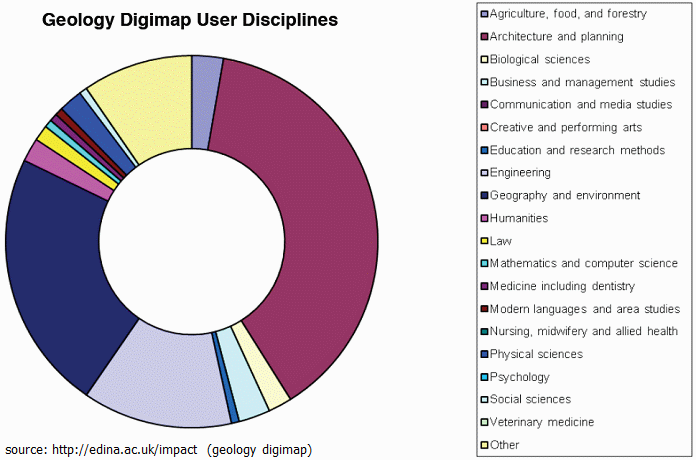Scientific breakthroughs due to the Maps4Science facility are expected in both:
1. sciences using geo-information and
2. GI-science itself.
The use of geo-information in various sciences is illustrated via selected scientific GI use cases, which are contributed by leading Dutch scientists (within their own discipline, see Annex B of proposal for more details or video for examples):
- Science case Health: Measuring and Forecasting the Spread of Epidemics
Prof. dr. Peter Sloot, Dr. ir. Alfons Hoekstra, UvA and Drs. Carl Koppeschaar, Science in Action - Science case Water resources: Better management through geo-information
Prof. dr. ir. Nick van der Giesen, TUD and Dr. Rob van Swol, NLR - Science case Crime: Geo-information and GI-Science as Crime reduction tools
Prof. dr. Marianne Junger and Dr. Lorena Montoya-Morales, Dept. of Social Risks and Safety - UT - Science case Agriculture: Avian Influenza - Don't spread the disease
Ir. Henk Janssen, WUR - Science case Cultural history: The Integrating Heritage Program (also see: Rediscovering Landscape)
Prof. dr. Jan Kolen, Prof. dr. Henk Scholten, Dr. Niels van Manen and Maurice de Kleijn, MA, VU - Science case GNSS performance: Support mission-critical applications by predicting GNSS performance
Drs. Judith van Bruggen-van Putten, NLR
- Architecture, resources and standards
- Usability and dissemination modes
- Management of very large data sets
- Semantics of GI
- Services, searches and optimization
- Standardized data models and data quality
- Volunteered GI and citizen science
- GII-assessment
- Satellites as a service

Given the track record of the involved GI-science research groups (the Dutch position in the GI-science publication top-5 world-wide), it is very plausible that the consortium will make significant progress and in some cases even realize the needed breakthroughs within the Maps4Science project. It is also well know that it always takes time before research results are used in practice, but in this situation it may be more complex. At the level of various components there have already been great research results, which are even implemented by industry or available in open source (in case of the software components). Take for example 3D geo-information, but similar examples can be given related to other components or aspects of the GII, both technical and non-technical. At database level the TU Delft has been building 3D database software prototypes, later on Oracle indeed included significant 3D functionality in their database. UT/ITC has been investigating 3D geo-visualization and developed prototypes at world class level. The Dutch community has been pushing 3D geo-information, with very good reasons, in a globally unprecedented manner within the 3D Pilot (see the 3D Pilot dossier at Geonovum, Dutch website) and is promoting the 3D CityGML standard (and extensions) for the exchange of 3D geo-information. Our government, industry and scientists are leading in 3D laser-scanning and we have an incredible (large and accurate) amount of point could data. However, these developments, despite of all being great, do not yet fit well together in a properly and easy to use GII. It is therefore important to note that the defined research themes in the Maps4Science proposal are not just interesting GI-research themes, but are all coherent research themes defined in the context of creating a truly advanced (and well-functioning) GII, far beyond the state of the art of currently emerging GII's in practice.